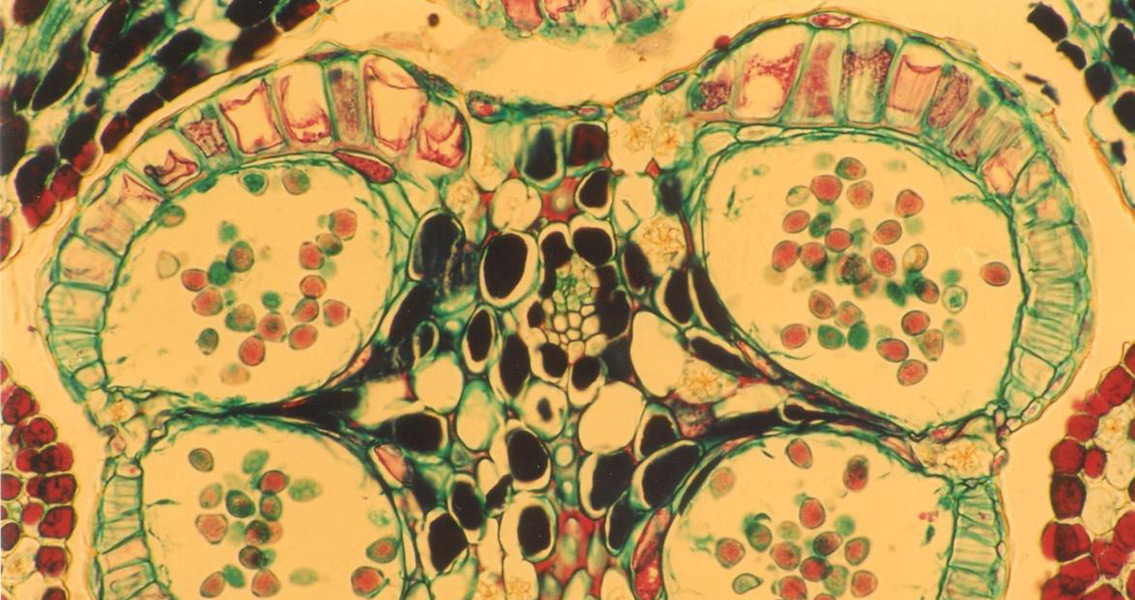<![CDATA[What could possibly have been the first flowering plant species to ever develop on Earth has been identified, according to a new research study published in the Proceedings of the National Academy of Science. A team of international researchers led by paleobotanist David Dilcher from Indiana University has identified a freshwater plant that existed somewhere between 125 million and 130 million years in the past as one of the earliest examples of a flowering plant in our planet’s history. The new development is a major departure when it comes to ideas on how angiosperms, which are Earth’s earliest flowers, took form. In a statement accompanying the publication of the research study, Dilcher said that there are significant questions raised by the findings when it comes to how flowering plants originally evolved. There are other questions as well according to the scientist, such as the role these plants played in how other plants and animals developed. The aquatic freshwater plant, known as Montsechia vidalii, had at one time been ubiquitous in what are now the mountains of Spain, which used to be covered in freshwater lakes. Initial discoveries of the fossilized remains of the plant were made more than a century ago in the Iberian Range’s limestone deposits in central Spain, and in the Pyrenees in a region close to the French border known as the Montsec Range. While Dilcher said that the idea of a “first flower” is mostly mythological, much in the way a “first human” would be, the research his team conducted has been able to determine that Montsechia is at least as old as the currently oldest known flowering plant. Additionally, Montsechia could be even older. Why it took so long to understand this is due to the fact that in previous analytical attempts, the fossils used in the study were misinterpreted and poorly understood, the scientist added. More than 1,000 fossilized Montsechia specimens were analyzed in the new study, thanks to a painstaking process involving the application of hydrochloric acid, drop by drop, to the fossils in order to reveal the leaf and stem structures for the first time in more than a hundred million years. Additionally, a carefully concocted mixture of potassium chlorate and nitric acid was used to bleach the cuticles of the plant, the filmy layer of protection that covered the leaves. Bleaching the cuticles helped to reveal the shape of the long-dead plant’s leaves. Once these procedures had been undertaken on the fossils, the specimens were examined under a series of tools including a light microscope, a scanning electron microscope, and a stereo microscope as well. The researchers were then able to compare the Montsechia samples to those from other fossils originating from the same geographical area. Similarities between them and several other fossils that had already been dated to the early Cretaceous period led the scientists to conclude that the plant was alive anywhere between 125 to 130 million years ago. www.pnas.org ]]>
Scientists May Have Identified First Flowering Plant
